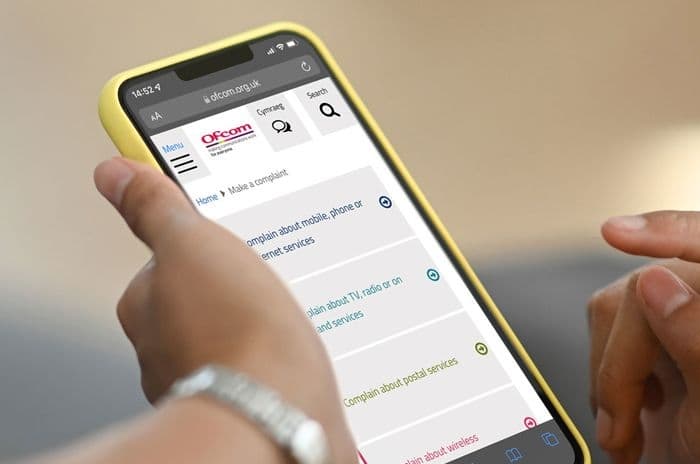Home > Broadband > News > Is Ofcom's broadband speed map completely pointless?
Is Ofcom's broadband speed map completely pointless?
YESTERDAY the communications regulator, Ofcom, released the UK's first interactive broadband map.

The map - available here - shows average speeds and take-up as well as the percentage of households getting broadband speeds slower than 2Mb.
As ever, the statistics provided the opportunity for some civic shaming and smugness.
On the smug side, now as ever, were Brighton and Hove (highest broadband take-up, 80%) and Edinburgh (fastest average speeds, 10.1 Mb).
The named and shamed list included Fermanagh, Northern Ireland, with average speeds of just 4.3 Mb.
All very interesting. But not necessarily that useful.
Here are five things worth bearing in mind when you peruse the UK's broadband winners and losers.
1. Inaccurate averages
Ofcom's map is necessarily arbitrary since its averages are based on broad administrative authorities.
So Brighton and Hove and Edinburgh do well but the map makes depressing reading if you live in, say, Norwich.
Despite fairly high fast and 'superfast' broadband penetration in the town residents are way down in the rankings because averages include the whole county of Norfolk.
2. Superfast statistics
Similarly, Ofcom have recorded 'superfast broadband availability' as a percentage on the map.
In Brighton and Hove, the percentage is an impressive sounding 92%.
But hang on. Only one of the town's five exchanges is enabled for BT wholesale's FTTC service.
Even in that one area, only about 80% by Ofcom's assessment (and less by others') will be able to receive FTTC.
All of the five are marked as Virgin Media 'available' areas but the number of households that can actually receive these services is fairly low.
Not quite 92%, then.
3. 2Mb: actual not available
Figures showing the proportion of households with speeds slower than 2Mb are interesting but note that these are actual, rather than achievable, speeds.
Ofcom point out that many households receiving less than 2Mb have faster deals available to them.
If those with cable or FTTC in the area switched, it claims, the percentage of connections receiving less than 2Mb would be reduced from 14% to below 8%.
4. Speeds, Jim, but not as we know them
Ofcom is displaying the modem sync speed for its map's broadband speed averages.
That's the speed at the modem, which will be slightly faster than speeds as we actually experience them.
Ofcom's last large scale research into broadband speeds at the end of last year found that the average modem sync speed of 20/24Mb broadband deals was 7.9Mb.
That's 1.2Mb more than the average maximum speeds measured when it took into account factors such as traffic congestion and server performance which necessarily slow speeds and vary from provider to provider.
Just as with the very general averages we talked about above, we know that distance, contention and guidelines on downloads play a huge role in speeds, yet the map doesn't reflect this.
5. Take up doesn't include superfast
Finally, note that the figures on take-up don't include connections which use BT's superfast FTTC network.
The exclusion is understandable given that fewer than 3% of total broadband connections are superfast but in enabled areas you'd expect that to be considerably higher and that will have skewed the results somewhat.
Get insider tips and the latest offers in our newsletter

We are independent of all of the products and services we compare.

We order our comparison tables by price or feature and never by referral revenue.

We donate at least 5% of our profits to charity, and we aim to be climate positive.
Get insider tips and the latest offers in our newsletter





